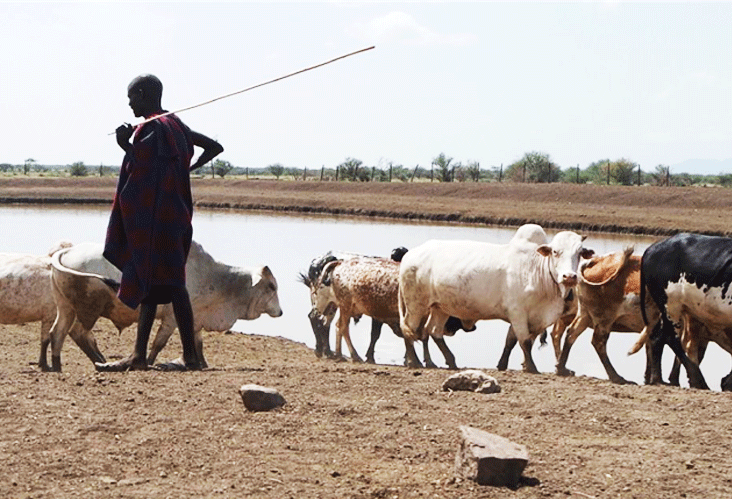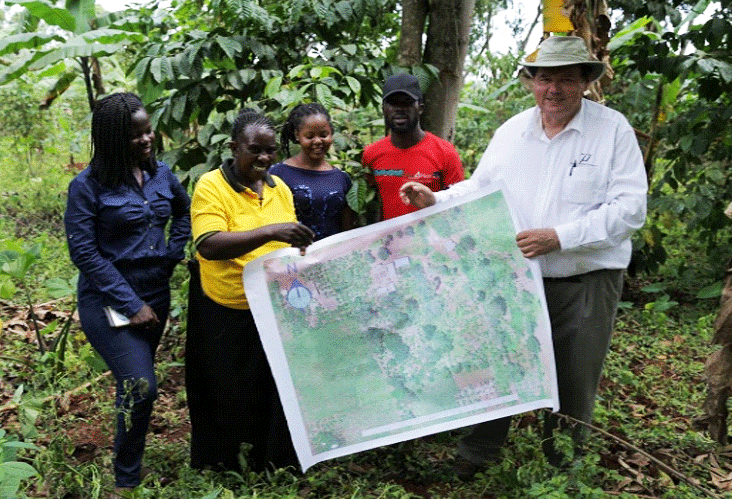
Piloting an Integrated, Economic and Ecological Grazing and Livestock Feed System for Agro-Pastoralist Communities in Karamoja, Uganda
Project Time : 2016
The goal of this project was to develop a prescribed grazing system that sought to integrate the economic and ecological realities that herders in 3 micro-catchments in Karamoja face, and that was geared at achieving ecological and economic resilience in Karamoja agro-pastoralist community.
Baseline information was collected on landforms, soil types and vegetation cover using Spatial Multi-Criteria Analysis (SMCA). The existing environmental and socio-ecological spatial layers in a GIS environment (ArcGIS 10.1) were used. Sampling for identification and classification of herbaceous plants was done using stratified clustered random sampling of vegetation strata in the micro-catchments.
Project Objectives
The specific objectives of the project were:
- Collection of baseline information to inform appropriate decision making about land and pasture use in semi-arid rangelands of Karamoja.
- Development of a workable and ecologically appropriate rangeland grazing management plan.
- Pilot the concept of rotational grazing in rangelands close to homesteads (Manyattas).
- Develop mechanisms that allow degraded rangelands to regenerate naturally.
- Pilot rain-fed fodder production and utilization as well as use alternative feed resources such as crop residues, hay, silage and industrial by-products for livestock.
- Implementing measures that develop appropriate feed resources, regulating livestock movements and stocking densities.


